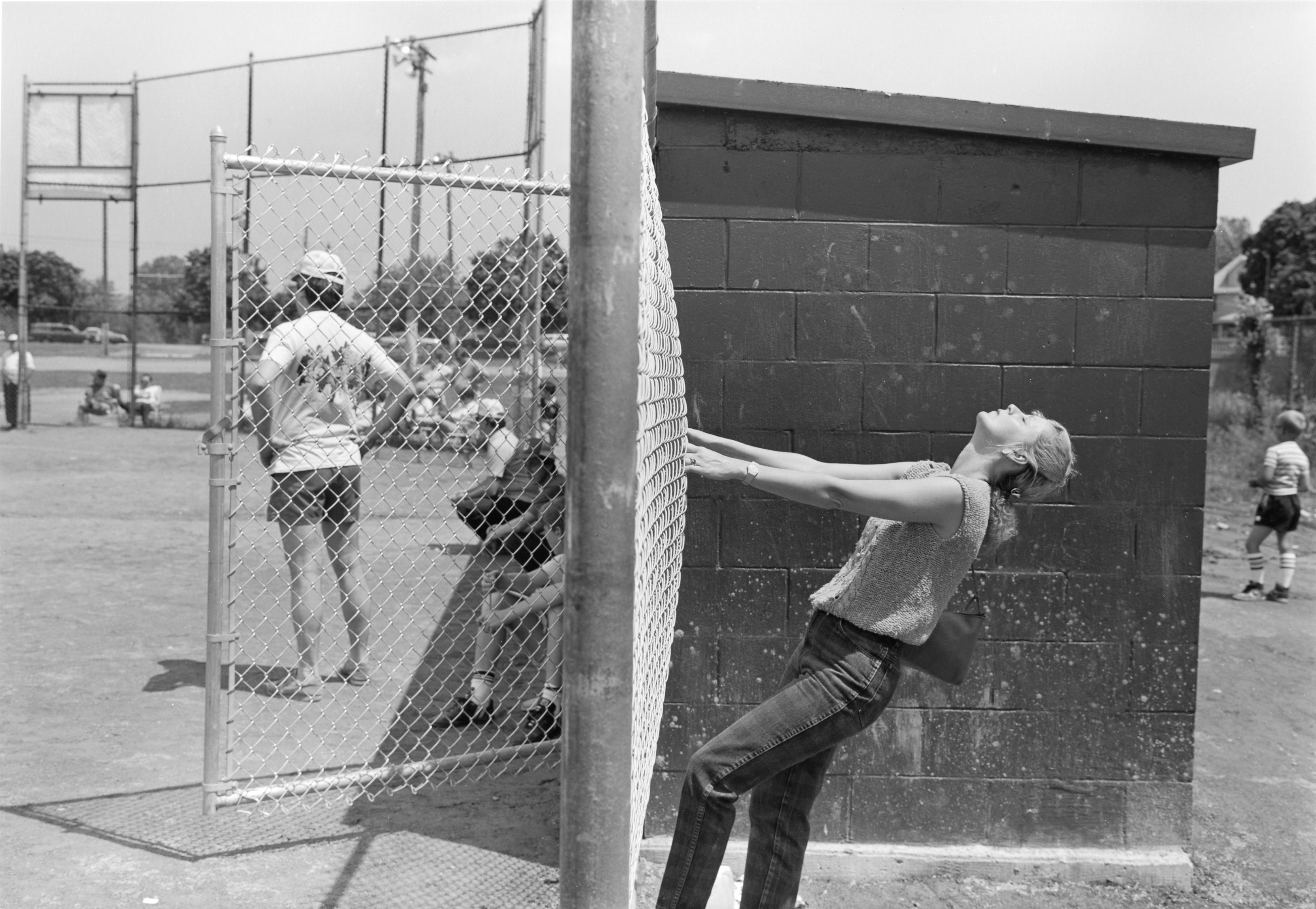These timeless photos prove that youth never changes
- Text by Mark Steinmetz
- Photography by Mark Steinmetz

My parents gave me my first camera around the age of six.
Although I have many clear memories of framing scenes, and even set up my own darkroom at 12, I saw myself going into the sciences.
But early on in college, I took a course on the films of Michelangelo Antonioni before leaving science behind.

I left for Yale School of Art, thinking I’d go into film, but that route began to seem impractical and I was impatient.
That’s when I realised that with photography, you don’t need to have a crew or command a lot of money. It’s more like being a poet, where you just have your piece of paper.
In 1983, when I was 22, I decided to drop out after a semester and head for Los Angeles to find the photographer Garry Winogrand who, I believe, had a history of hanging out with other photographers.

It seems awfully bold, looking back, but I really don’t have an explanation other than it felt natural.
He had a Leica, I had a Leica; he needed someone to drive around so he could take pictures out the window, and I guess I said things that made him think I was okay.
It turned out to be the last year of his life and I absorbed a great deal from him, like going out in the world and making yourself available to what it offers – not feeling that you’re too busy or that time is money.

When it came to shaping my own body of work, I wanted pictures that could tell a story together.
That way, the meaning would be cumulative and you wouldn’t need so much weight on a single image.
Two projects I focused on were little league baseball and summer camps. Every year, from spring into summer, one would lead into another and certain things never changed.
In baseball, you’ve got uniforms, chain-link fences and dug-outs. At summer camp, you have sleeping bags, cabins and camp res. There isn’t much difference between them in 1990 or 1965.

I like that time of age, too. There’s a kind of grave maturity developing at around 11 years old.
When a little kid laughs or cries, it doesn’t have real resonance, whereas if someone has these emotions between eight and 12, there’s a poignancy to it.

When they become adults, it’s just not the same. Many of these photos are about the predicament of being a kid put into a certain situation.
In one picture, these girls who have been so horrible to each other all summer are now parting – and the depth of their love just gushes out. It’s almost excruciating.

I think there’s a lot of growing and learning in photography. To make good pictures is a sort of demonstration of how you are as a person and as a photographer.
That process reinforces your growth and your growth reinforces your photography, so you’re always deciding who you are through your photos.
It’s this constant looking at self, navigating your feelings.
The larger patterns only come out after the fact. I’ve taken a lot of pictures where I felt kind of depressed because I can’t imagine what they’re good for.

But when I started making books, I found that one page is a wonderful service to the one that came before. Everything starts to fit together nicely; the meanings grow and change.
Those initial projects – The Players, Summer Camp and Kids & Teens – took many years and that approach has transferred to all the work I’ve been doing ever since.
I don’t really believe in short-term projects and I’ve always had a distaste for the topical.

I hope to be relevant and contemporary but at the same time I don’t want anything to be too ‘now’ as, in a few years, it just won’t have the urgency.
I prefer focusing on everyday things because they tend to stand the test of time.
I think I’m unusual in that my process feels like playing chess over a long time frame.

At various stages, you’ll think there’s a dead end only to find a new opening and discover more possibilities.
It’s sort of like The Old Man and the Sea: sometimes you just have to persevere.
This article appears in Huck 57 – The Documentary Photo Special IV. Subscribe today so you never miss another issue.
Check out the portfolio of photographer Mark Steinmetz.
Enjoyed this article? Like Huck on Facebook or follow us on Twitter.
You might like

Largest-Ever Display of UK AIDS Memorial Quilt Opens at Tate Modern
Grief Made Visible — Comprising hundreds of panels made by lovers, friends and chosen family, the UK AIDS Memorial Quilt returns in full for the first time since 1994 – a testament to grief, friendship and the ongoing fight against HIV stigma.
Written by: Ella Glossop

In Medellín’s alleys and side streets, football’s founding spirit shines
Street Spirit — Granted two weeks of unfettered access, photographer Tom Ringsby captures the warmth and DIY essence of the Colombian city’s grassroots street football scene.
Written by: Isaac Muk

Remembering New York’s ’90s gay scene via its vibrant nightclub flyers
Getting In — After coming out in his 20s, David Kennerley became a fixture on the city’s queer scene, while pocketing invites that he picked up along the way. His latest book dives into his rich archive.
Written by: Miss Rosen

On Alexander Skarsgård’s trousers, The Rehearsal, and the importance of weirdos
Freaks and Finances — In the May edition of our monthly culture newsletter, columnist Emma Garland reflects on the Swedish actor’s Cannes look, Nathan Fielder’s wild ambition, and Jafaican.
Written by: Emma Garland

Why Katy Perry’s space flight was one giant flop for mankind
Galactic girlbossing — In a widely-panned, 11-minute trip to the edge of the earth’s atmosphere, the ‘Women’s World’ singer joined an all-female space crew in an expensive vanity advert for Jeff Bezos’ Blue Origin. Newsletter columnist Emma Garland explains its apocalypse indicating signs.
Written by: Emma Garland

We are all Mia Khalifa
How humour, therapy and community help Huck's latest cover star control her narrative.
Written by: Alya Mooro

